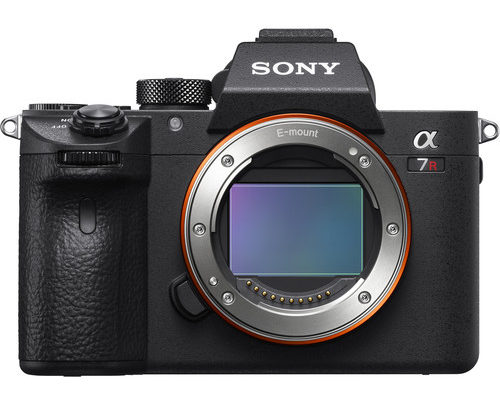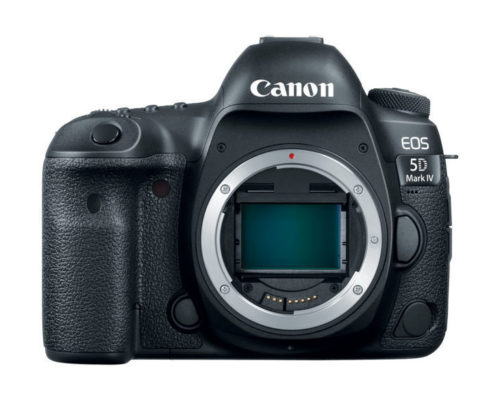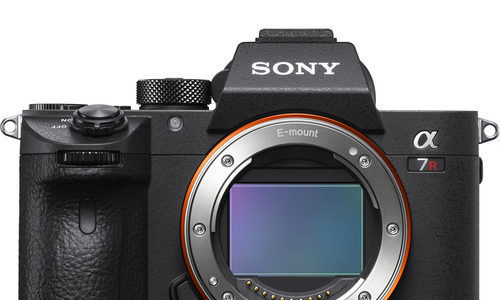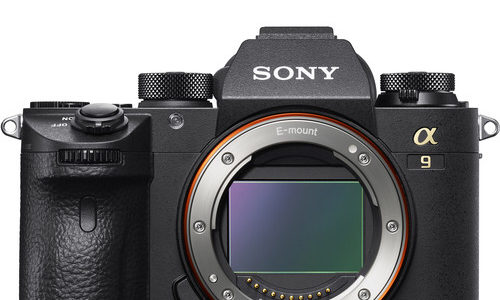Sony A7R III at a glance:
- 42MP Full-Frame Exmor R BSI CMOS Sensor
- BIONZ X Image Processor & Front-End LSI
- 399-Point AF System & 10 fps Shooting
- UHD 4K30p Video with HLG & S-Log3 Gammas
- 3.69m-Dot Tru-Finder OLED EVF
- 3.0″ 1.44m-Dot Tilting Touchscreen LCD
- 5-Axis SteadyShot INSIDE Stabilization
- ISO 102400 & Pixel Shift Multi Shooting
- Built-In Wi-Fi/Bluetooth, Dual SD Slots
- USB 3.1 Gen 1 Type-C Port & PC Sync Port
The folks over at DxOMark put the Sony A7R III on their test bench. Well, the A7R III scores 100, same as the Nikon D850. Only the medium format Hasselblad X1D-50c and Pentax 645Z have a higher score (102 and 101, respectively).
From DxOMark’s conclusion:
It’s clear that the Sony A7R III has a high-performing sensor that’s capable of capturing images with a broad range of color and tone, while keeping noise well under control.
However, comparing the A7R III sensor to the Nikon D850’s reveals the advantage that the Nikon camera’s lower minimum sensitivity (ISO) value brings. Photographers who predominantly shoot in bright light or capture motionless subjects with the camera on a tripod will record the most information, be it color, tone, or detail with the Nikon D850 set to ISO 32. However, if they require values above that, the Sony A7R III sensor produces marginally better images.
Sony’s in-body 5-axis image stabilization system is widely respected, and if it achieves the 5.5 EV shutter speed compensation in the A7R III that the company claims, it would enable the camera to capture images at ISO 100 instead of at ISO 3200 (provided the subject is stationary). Read the review…

The Canon DSLRs with the highest DxOMark score are the Canon EOS-1D X Mark II (88) and EOS 5Ds (87). Once more, Sony is showing how well they manage to design and build image sensors.
So, Canon, have you ever heard about this company, Sony? You know, they make amazing hardware with shitty interfaces and beta software on it. But, hey!, they innovate and users love them gadgets and gear. Maybe, Canon, you should consider catching up. Maybe. Just my 2 cents.
Sony A7R III: Amazon US, Adorama, B&H Photo.
 vs
vs 
![]() ) vs Sony A7R III (
) vs Sony A7R III (![]() ) showdown. Part 2 is about dynamic range, and Canon isn’t exactly famous for being industry leading here. Part 1 of the EOS 5D Mark IV vs Sony A7R III showdown was about color science.
) showdown. Part 2 is about dynamic range, and Canon isn’t exactly famous for being industry leading here. Part 1 of the EOS 5D Mark IV vs Sony A7R III showdown was about color science.



